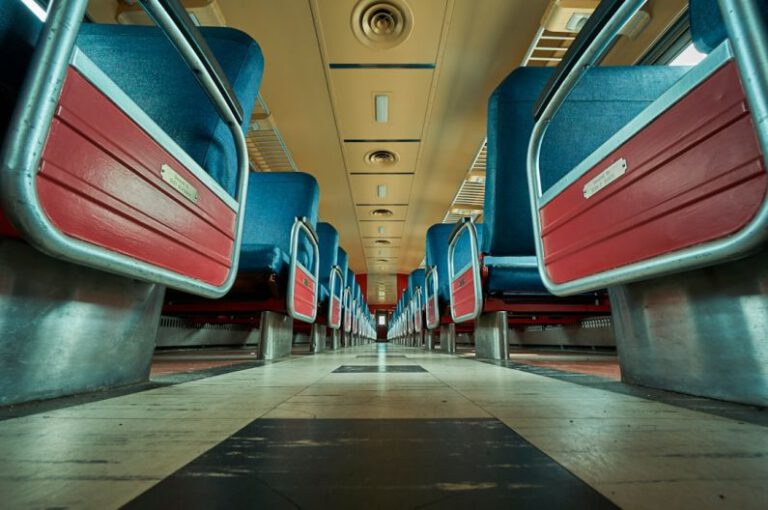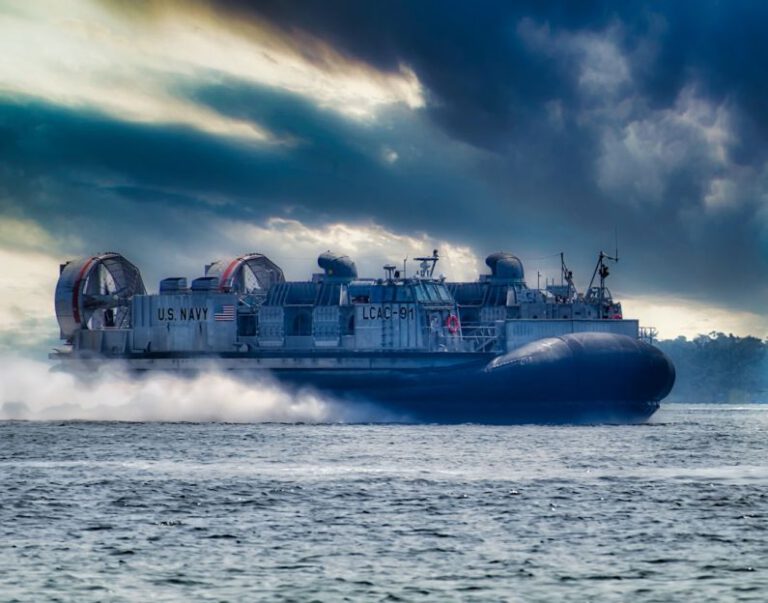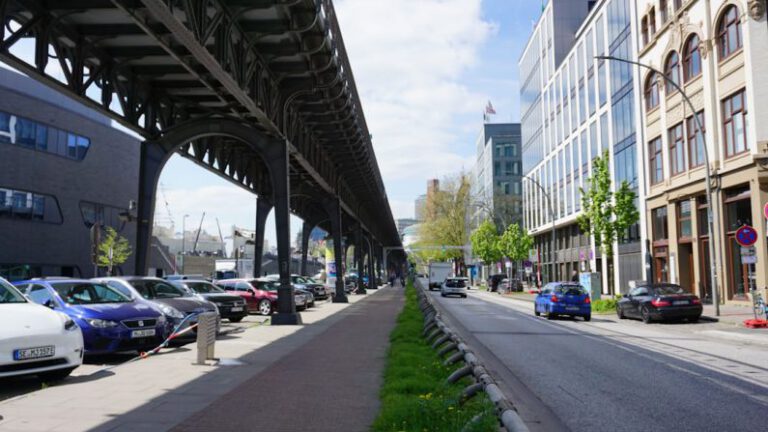Cross-continental Connectivity: the Promise of Transatlantic Tunnels
In an era of rapid globalization and interconnectedness, the idea of building tunnels that span across continents is no longer just a figment of science fiction. The concept of transatlantic tunnels, connecting Europe and North America, has gained traction in recent years as a potential solution to enhance cross-continental connectivity. These ambitious infrastructure projects hold the promise of revolutionizing transportation, trade, and cultural exchange between the two continents. Let’s delve into the possibilities and challenges associated with the development of transatlantic tunnels.
The Vision of Transatlantic Tunnels
Imagine boarding a train in New York City and emerging on the shores of London in mere hours, without the need for long-haul flights or layovers. This is the vision that transatlantic tunnels seek to fulfill. By creating a direct link between Europe and North America, these tunnels could significantly reduce travel times and costs, opening up new opportunities for business, tourism, and collaboration. The potential benefits of such infrastructure are vast, offering a seamless connection that transcends borders and unites distant regions.
Overcoming Distance and Obstacles
The construction of transatlantic tunnels poses a myriad of engineering challenges, given the vast distances and depths involved. One of the primary obstacles is the sheer expanse of the Atlantic Ocean, which spans approximately 3,000 miles at its widest point. Building tunnels at such depths presents technical complexities in terms of tunnel stability, pressure differentials, and environmental impact. Additionally, seismic activity and underwater topography must be carefully considered to ensure the structural integrity and safety of these mega-infrastructure projects.
Environmental Sustainability and Impact
As with any large-scale development, the environmental impact of transatlantic tunnels is a critical consideration. The construction and operation of such tunnels could have far-reaching consequences on marine ecosystems, water quality, and carbon emissions. Mitigating these effects would require innovative engineering solutions, such as incorporating eco-friendly materials, implementing wildlife protection measures, and reducing energy consumption through efficient tunnel design. The pursuit of sustainability in transatlantic tunnel projects is essential to minimize ecological harm and preserve the delicate balance of the oceanic environment.
Economic Opportunities and Trade Expansion
Beyond the technical challenges, transatlantic tunnels hold immense economic potential for both Europe and North America. The seamless connectivity provided by these tunnels would facilitate faster and more efficient transportation of goods, fostering increased trade and economic growth between the two continents. Businesses could benefit from reduced shipping times, lower logistics costs, and expanded market access, leading to enhanced competitiveness and market integration. The development of transatlantic tunnels has the power to reshape global trade dynamics and stimulate economic development on a transcontinental scale.
Cultural Exchange and Integration
In addition to the economic benefits, transatlantic tunnels offer a unique opportunity to enhance cultural exchange and integration between Europe and North America. By facilitating easier and more frequent travel, these tunnels would promote cross-cultural dialogue, tourism, and knowledge sharing. The blending of diverse traditions, languages, and perspectives could enrich societal connections and foster a greater sense of global interconnectedness. Transatlantic tunnels have the potential to serve as physical conduits for cultural exchange, bridging continents and fostering mutual understanding and appreciation.
Navigating Regulatory and Political Challenges
Despite the promise of transatlantic tunnels, navigating the regulatory and political landscape presents a formidable hurdle to their realization. International cooperation, regulatory alignment, and funding mechanisms must be established to support the development of these complex infrastructure projects. Negotiating agreements on jurisdiction, safety standards, and financing arrangements between multiple countries and stakeholders requires diplomatic finesse and strategic planning. Overcoming these bureaucratic and political challenges is essential to advance the vision of transatlantic tunnels and unlock their transformative potential.
Unlocking the Future of Transatlantic Connectivity
As we look towards the future, the prospect of transatlantic tunnels represents a bold vision for cross-continental connectivity and collaboration. By surmounting technical, environmental, economic, and political obstacles, these tunnels have the power to redefine the way we travel, trade, and interact across continents. The promise of transatlantic tunnels lies not only in their physical infrastructure but also in their capacity to unite people, cultures, and economies on a global scale. Embracing this vision requires innovative thinking, strategic planning, and unwavering commitment to building a more interconnected world. The journey towards realizing transatlantic tunnels may be arduous, but the rewards of enhanced connectivity and shared prosperity are boundless.






